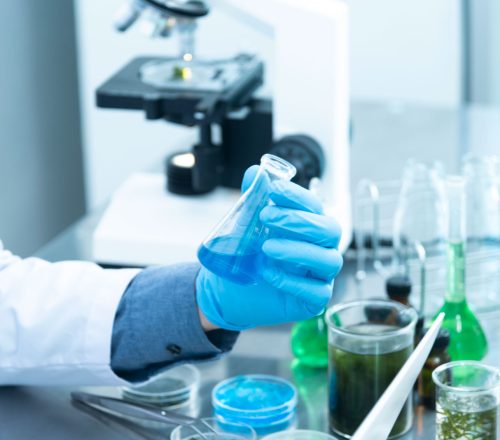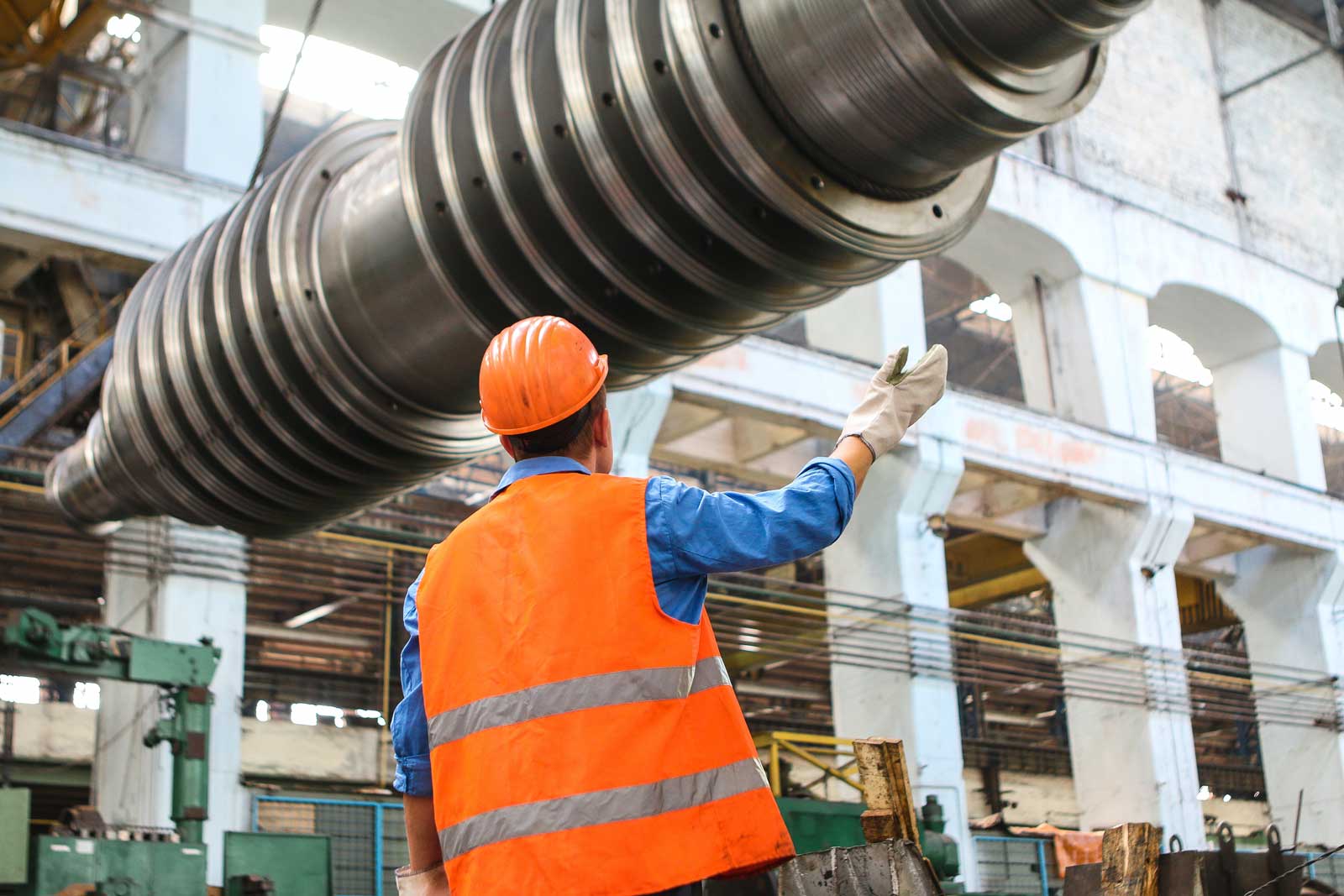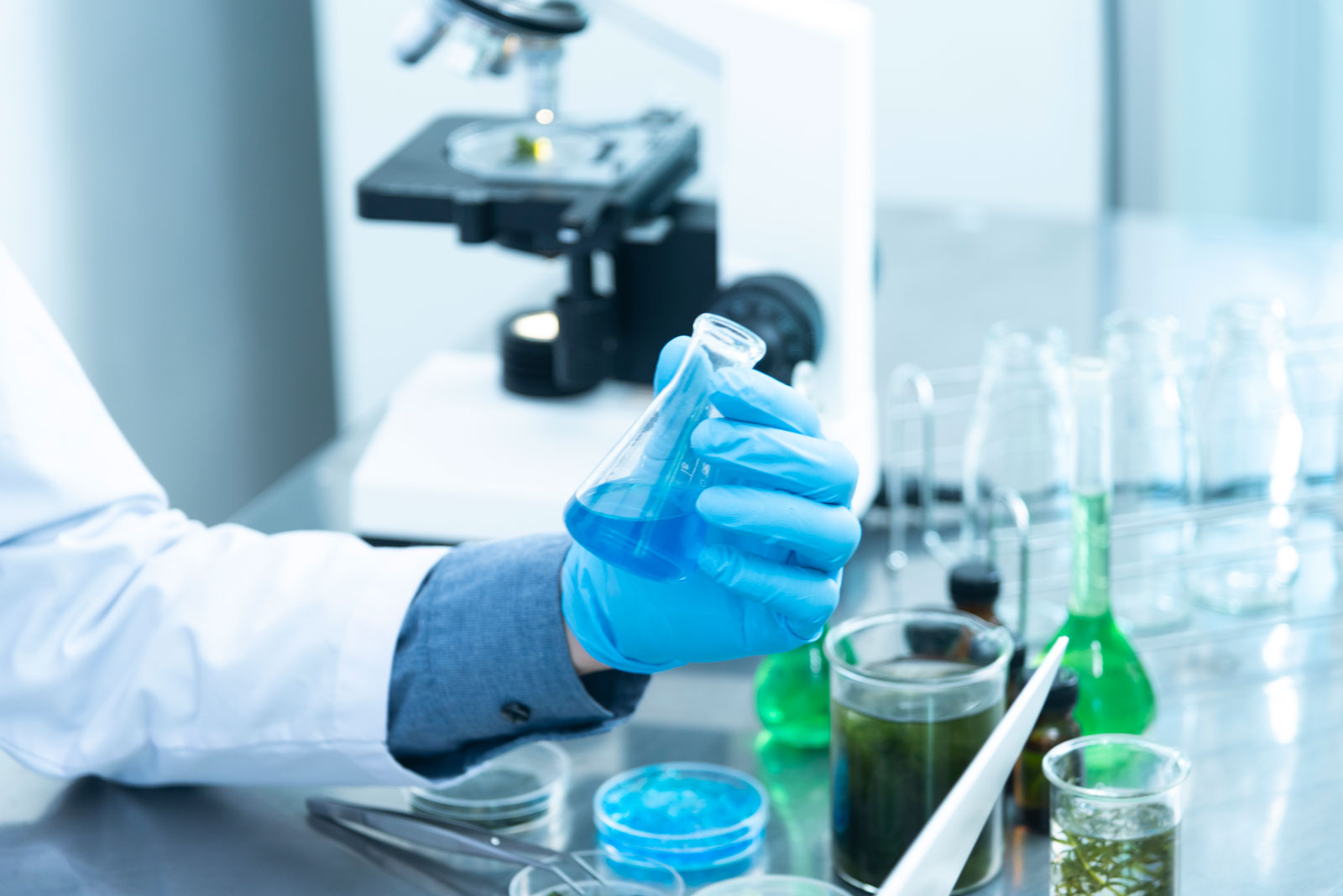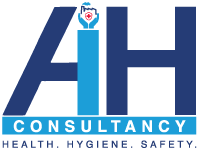- +91 9109521211
- arvind_indhyg2008@yahoo.com
Biological Monitoring and Analysis
Biological Monitoring. And analysis of the Biological Samples following NIOSH method. Tie up with NABL accredited laboratory for sample analysis.

Biological Monitoring
Biomonitoring concerns the systematic measurement of compounds and/or detection of cell or cell molecules alterations in living organisms with the purpose of identifying or assessing potential hazardous exposure and effects to chemicals. Biomonitoring presents a wide range of advantages over environmental monitoring and has been considered to be a valuable tool for both ecological and human health surveillance. Cautious interpretation of data is one of the most sensitive issues on this matter. Still, the development and application of biomonitoring lead to improved knowledge of the effects of chemicals on living organisms and at the same time to increased protection of public health and environment.Analysis of the Biological Samples
The NIOSH Manual of Analytical Methods (NMAM®) is a compilation of analytical methods for air, biological, surface (including dermal) and bulk samples, as well as biological specimens, that have been evaluated and validated in consideration of their fitness for purpose for workplace exposure monitoring. NIOSH sampling and analytical methods are intended to promote accuracy, sensitivity, and specificity in industrial hygiene analyses and related applications. NMAM is published online and is available worldwide free of charge.- Presently in its 5th edition, NMAM is constantly updated as new methods are developed and validated and as revised methods are re-evaluated and their performance verified. Often there are situations during use where certain NIOSH methods may require modification, for example, to accommodate interfering compounds from a particular workplace, to take advantage of unique laboratory capabilities, to make use of equivalent sample preparation or analysis techniques, or to make possible the analysis of a single sample for multiple contaminants. NIOSH methods are evaluated with respect to the NIOSH accuracy criterion A = ±25%, wherein at least 95% of measurements must fall within 25% of the true (or reference) value.
- When method modifications are made, quality control data demonstrating the reliability of the modified method must be obtained, recorded and reported. The methods published in NMAM are relied upon by authoritative bodies such as accrediting organizations and regulatory agencies. Besides sampling and analytical methods, NMAM also includes chapters on quality assurance, portable instrumentation, analysis of fibres, aerosol sampler design, and other guidance on specific areas of interest.
Our Approach
Our industrial hygiene consultants are guided not only by a far-reaching grasp of the science and research behind workplace hygiene, but also by a commitment to finding an individual solution for each and every client. This willingness to remain flexible, to adjust to actual, rather than theoretical, conditions is the key to success when addressing industrial hygiene issues.

Our Expereience
We are industrial hygiene consultants committed to promoting employee health.We have cutting-edge tools, abundant resources and extensive experience in the field of industrial hygiene.We specialize in designing innovative, customized solutions to industrial hygiene challenges.

Our Clients
We have extended our services to many
Industries such as JSW, Ambuja Cement, Ultratech Cement, Paradeep Phosphate, CGSPCL, VEDANTA, Hindustan Petroleum and BALCO.

© Copyright 2020 by AIHC.in All Right Reserved.
